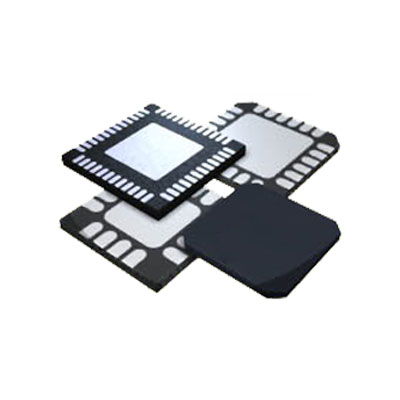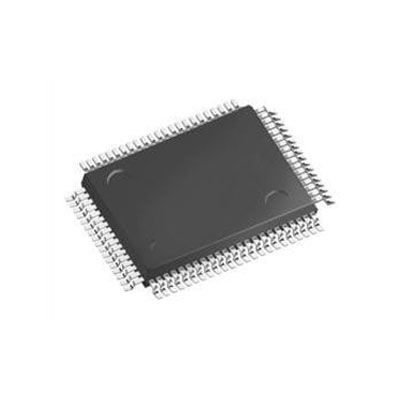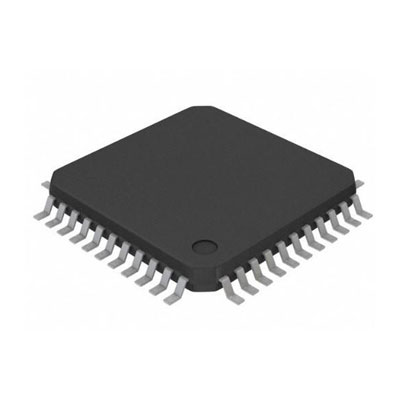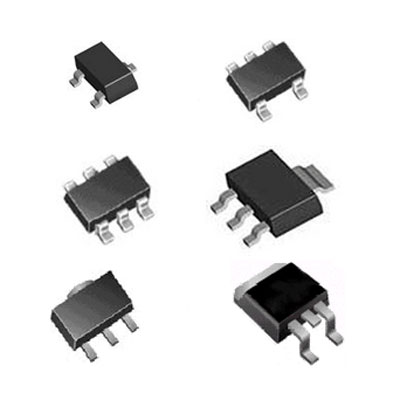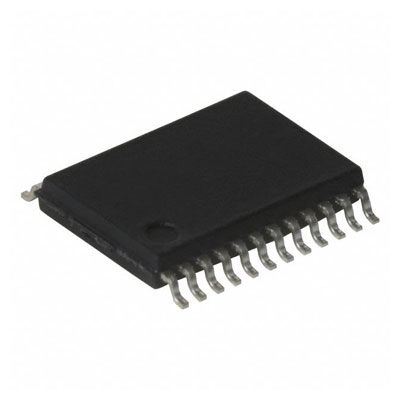
ARM Holdings is the world's leading semiconductor intellectual property (IP) supplier and as such is at the heart of the development of digital electronic products. ARM designs the technology that lies at the heart of advanced digital products, from wireless, networking and consumer entertainment solutions to imaging, automotive, security and storage devices. The ARM comprehensive product offering includes 32-bit RISC microprocessors, graphics processors, enabling software, cell libraries, embedded memories, high-speed connectivity products, peripherals and development tools. ARM provides a total system solution that offers a fast, reliable path to market for leading electronics companies.
ARM's History
ARM's predecessor was Aikang Computer, which was founded in 1978 in Cambridge, England. In the late 1980s, Apple Computer began working with Aikang Computer to develop a new version of the ARM core. In 1985, Aikang Computer developed a new processor with a reduced instruction set called ARM (Acorn RISC Machine), also known as ARM 1. Because of the financial situation of Aikang Computer, on November 27, 1990, it was funded by Apple and VLSI Technology, and it was divided into ARM and became an independent subsidiary.
ARM became an independent processor company, developing low-cost, low-power, high-performance chips. ARM originally had only 12 people. Because the parent company's financial situation is not good, the office is just a warehouse. It is famous for designing ARM processor architecture. The technology has the characteristics of high performance, low cost and low energy consumption. The products have been covered by industrial control. Consumer electronics, communication systems, network systems. ARM does not manufacture chips by itself and licenses its intellectual property (IP core) to many of the world's leading semiconductor manufacturers, including Intel, IBM, LG Semiconductor, NEC, SONY, Philips, Atmel, Broadcom, Cirrus Logic, Freescale, Actions. Wait.
In 1991 ARM licensed the product to GEC Plessey Semiconductor. In 1993, ARM licensed the product to Cirrus Logic and Texas Instruments. At the time, TI had achieved great success in the DSP field, but was not familiar with the CPU field. The Apple Newton PDA uses the ARM610 processor, but the idea of the Newton PDA is too advanced and was discontinued in 1997. [6] ARM cooperated with Nokia and TI to develop a 16-bit Thumb instruction set, and created the ARM/Thumb SoC business model. ARM7 is the most important processor core, which is developed with smaller die. Power mode, ARM7 has been adopted by more than 150 companies.
In 1995, DEC began to develop StrongARM. On February 5, 1996, DEC officially released the SA110 processor. The SA110 processor quickly gained industry recognition, and Apple used the SA110 in Message PAD 2000. The ARM8 core was released in 1996, which doubled the performance but could not compete with StrongARM. Also in 1996, Olivetti, which had a financial crisis, sold 14.7% of its Acorn shares to Lehman Brothers. In 1997, DEC released the second StrongARM chip, the SA1100.
ARM9 was released in 1997, ARM9 no longer uses the Princeton structure, but turned to Harvard structure, the original 3-level instruction pipeline was increased to 5, the highest clock frequency reached 220MHz. Benefiting from the use of mobile phones and mobile devices, automotive systems, and large home appliances, the ARM9 core has more than 200 licensees. In 1998, Intel acquired DEC at Hudson's factory. Intel named StrongARM XScale. XScale processor has a maximum operating frequency of 1.25GHz. Intel sold the XScale processor business to Marvell in 2006 due to huge losses. Intel started in the future. The main push ATOM processor.
In 1998, the ARM10 core was officially launched, using a 6-stage pipeline structure, and improved Cache Memory, optimizing multiplication instructions and adding floating-point operations, but due to the XScale relationship, ARM10 did not achieve great success. The early ARM7 and 8051 generally used the von Neumann architecture, while the current ARM11 or Cortex A uses the Harvard architecture.
On April 17, 1998, ARM was listed on the London Stock Exchange and the US Nasdaq. [7] Early Apple invested 3 million US dollars to own a 43% stake in ARM. In 1998, after ARM was listed in the United Kingdom and the United States, Apple gradually sold these shares. In 2006, global ARM chip shipments were 2 billion. By the end of 2007, the total shipment of ARM core chips has exceeded 10 billion.
In mid-June 2010, Apple announced to the ARM board that it intends to acquire ARM for $8.5 billion, but it was rejected by the ARM board of directors. ARM CEO Warren East said that ARM is more valuable as an independent company. "The only reason buyers buy acquisitions is to eliminate competitors."
On December 13, 2013, ARM announced the acquisition of the famous light engine technology company Geomerics. Geomerics has a very advanced technology in the field of light and shadow computing. The acquisition will expand ARM's leading position in the graphics technology industry.
On July 18, 2016, Japan Softbank Group agreed to acquire Anmou Company in full cash for 24.3 billion pounds (about 30.9 billion US dollars). The transaction was completed on September 5, 2016 and became a wholly-owned subsidiary of Softbank Group. At the same time, Softbank Group said that it will not interfere with ARM's current and future business plans and decisions.
Arm's Products Three Swords
Software and ToolsCreated by experts in the Arm architecture, their development tools are designed to accelerate product engineering from SoC architecture to software application development.
Tools include:SOC Design,Embedded & IoT Software Tools,Server & HPC Application Tools,Graphics Development Tools
The Pelion IoT Platform is a flexible, secure, and efficient foundation spanning connectivity, device, and data management.
Platform Includes:Connectivity Management,Device Management,Data Management
Mbed OS
Open-source embedded operating system ideal for IoT connected products.
IoT SoC Solutions
Accelerate time-to-security for SoC designers, device makers and developers.
Kigen SIM Solutions
SIM solutions built on the latest cellular standards and specifications.
Processor IP
CPUs:Processor IP for the widest range of devices—from sensors to servers.Multimedia:Graphics processors that offers a complete multimedia solution for SoC.
Physical IP:Enables efficient implementation of complex SoC designs.


